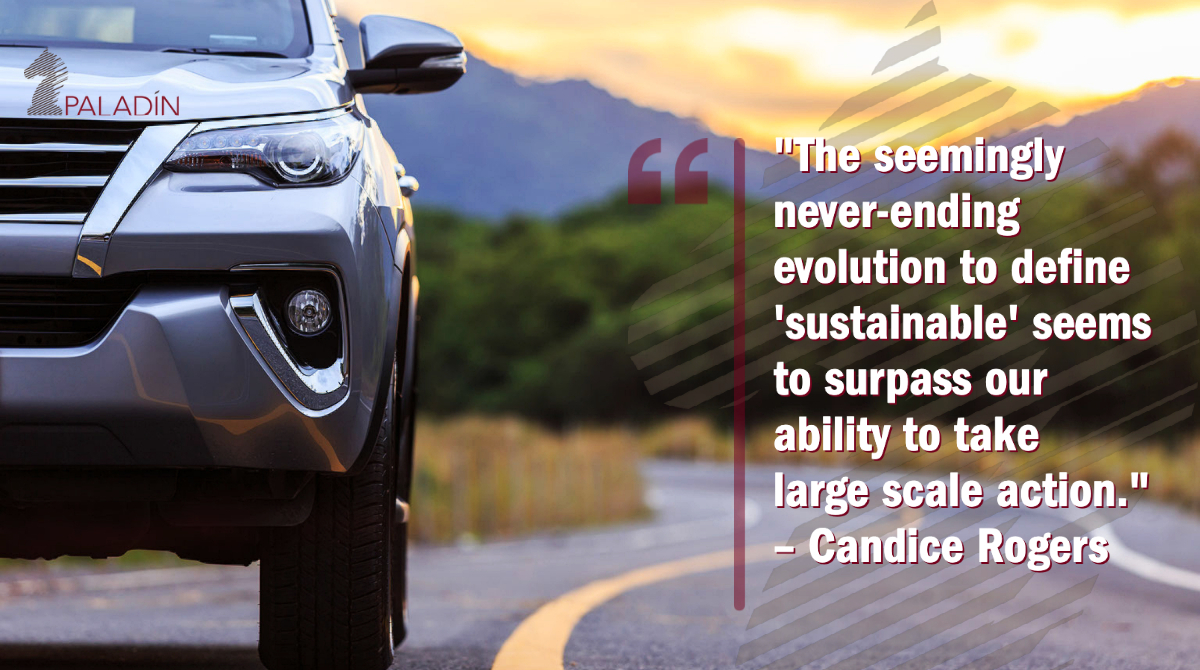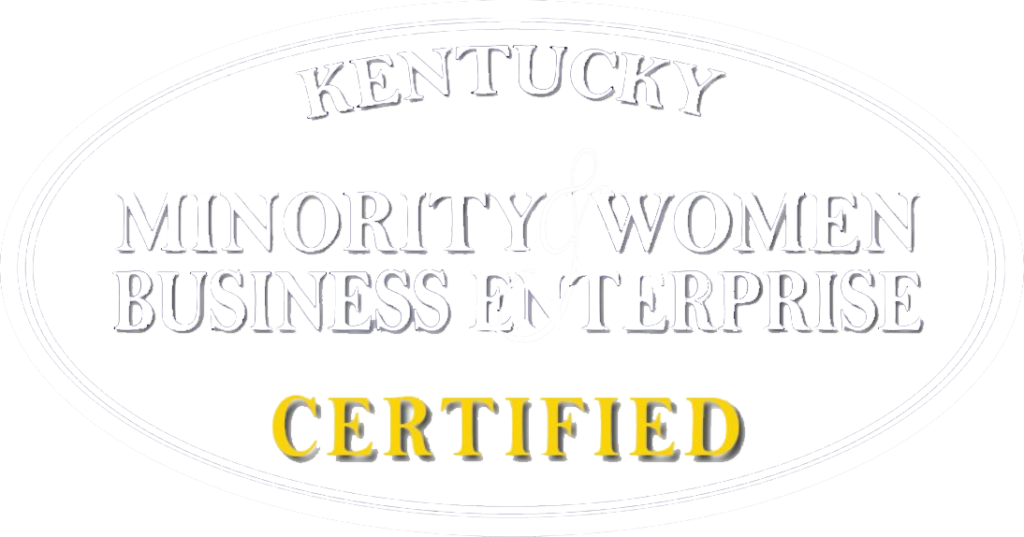By Paladin, Inc

This weekend, I sold out; finally caving to the siren song of human capacity, four-wheel drive and storage space. For four years, I resisted the temptation to buy a large, fuel-guzzling SUV. My husband and I have played human Tetris getting our five kids into my super fun, eco-mode sedan, fitting together toddlers in car seats, six-year-olds in five-point harnesses, and older children sandwiched in between. With the summer looming, the most expensive used car market in memory and gas prices spiking, we purchased the big one…an XL SUV. As anyone with kids will tell you, parenting is a rewarding series of compromises, a truth this vehicle proves in a very big way.
To me, our process brings to mind the tradeoffs that sustainability-minded building owners face: sustainability or function, ease or complication, emissions or processes. Sometimes the tools seem unavailable (hello, car manufacturers of the world), but the pressures to bend one way or the other are great.
From a consumer goods perspective, we now live in a time in which the paradoxes of our choices – what are their impacts and what are the tradeoffs – are decreasing. You want carbon-free toilet paper? That’s an option. Single use plastics substitutes are everywhere – no need for plastic bags! Recycling – both on commercial and residential scale – are robust practices again with many alternative markets. (Did you know there is a company working to reverse extrude the petroleum in plastics at scale!) Our utilities are greening up the grids with renewable installations. These are all amazing strides in environmental stewardship. Yet, there is far to go.
The seemingly never-ending evolution to define “sustainable” seems to surpass our ability to take large scale action. In construction, the movement of the 2000’s was energy efficiency, so we reduced power consumption with the blue-ribbon winnings of reduced utility bills. The lift from that movement drove down pricing for LED lighting and automation, even as it paved the way for new efficiency-driven construction codes and regulations. Today, the move is in a different direction: toward the reduction of Scope 1, 2, and 3 greenhouse gas emissions. Simplistically, Scope 1 emissions are from combustion – either at the utility or at the site. Scope 2 are the direct emissions from consumption – what you consume when you turn on the lights, run the AC, make the commute to work or jobsite. Finally, Scope 3 are the indirect emissions from consumption, making you responsible for everything from your waste streams to your vendors’ emissions.
The big companies are honed in on Scope 1 and Scope 2 – this has been part of voluntary and now involuntary ESG (Environmental, Social, and Governance) reporting for several years. This reporting works to bring the details of environmental impact to shareholders – disclosing production and operations data to the public and allowing decisions about impacts to include more than just the dollars and cents on earnings statements.
Concentration on Scope 3 emissions is the latest frontier with large buyers working to find, procure, and manage emissions from suppliers, vendors, and downstream activities. The reason this matters to our industry is that it IS GOING to impact the way you do business (if it isn’t already): how you run your sites, how you run your offices, how you track your own data. No longer is it just the “LEED projects” that will be driving those efforts – if you want to work for large corporations, the federal government, and I bet soon the state government – you will have to understand your emissions.
This is why my large family car conundrum comes into play and questions proliferate. Are we really ready for this small to mid-size business evolution? Do we understand our own emissions profile? Are the solutions deployable and scalable? Can I invest in a solar array that doesn’t have a 30-year payback yet? Can the utility provide enough renewable offset projects to allow me to breech the gap? Are there fleet vehicles and charging infrastructure so that I don’t have to worry about my e-fleet getting abandoned in a remote part of the state?
Today, many of the answers are “not yet.” But just as we saw LED lighting scale from “way too expensive” to easily available, I think the momentum will continue building. This will not only leave us thinking about simplifying our emissions profile and finding ways to reduce waste in operations, but it also empowers us to have positive lasting impacts. In the meantime, we’re in the awkward phase of making tradeoff decisions between product availability and functional needs.
So, when you see me rolling big in my spaceship – on my way to parking on the back 40 so I don’t ding other cars – know I’m also yearning for the day when the needs between function, affordability and sustainability are no longer at odds. The first step is educating and doing what we can where we can while we advocate for the improvements needed to drive modernization and enhance sustainability.





